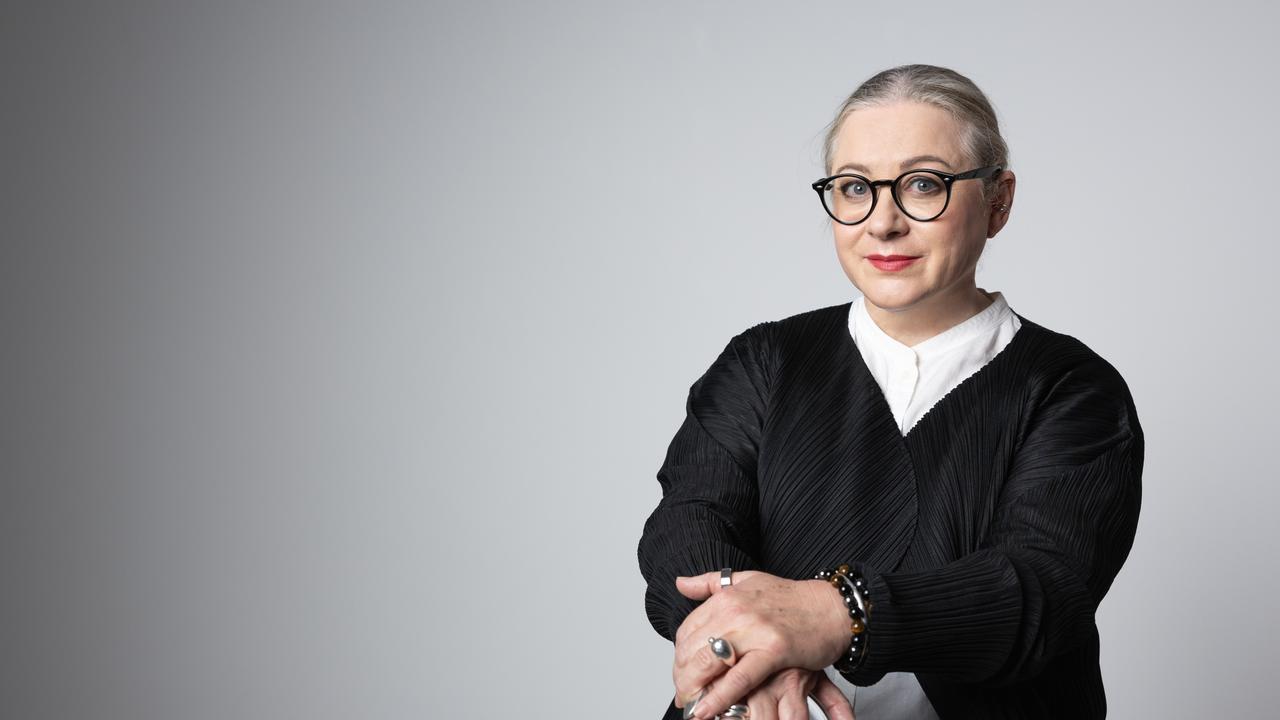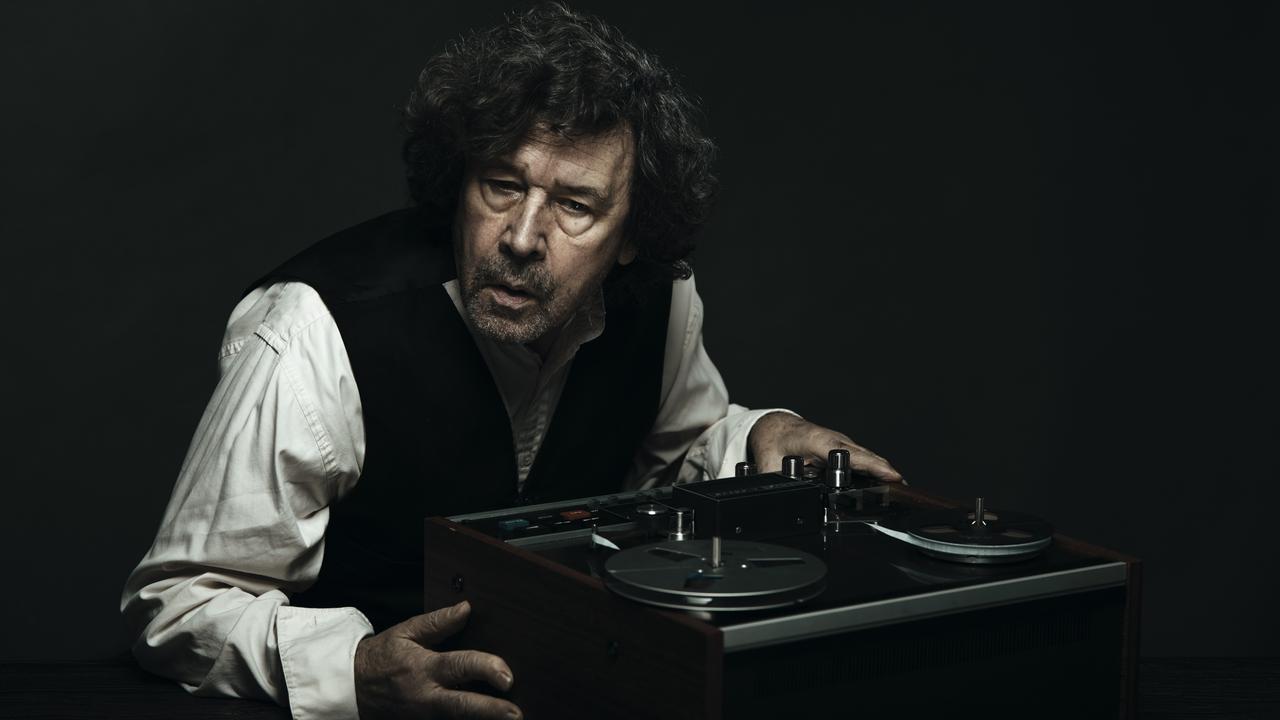Coetzee's authorial gold unspun into straw
J.C. Kannemeyer's biography of J.M. Coetzee promises, and mostly delivers, the information readers need to calculate the route the writer has taken.
THE premise of Summertime, the third and final volume of J. M. Coetzee's fictional autobiography, is that the Nobel prize-winning author of novels such as Disgrace and The Life and Times of Michael K is dead.
In that work Coetzee's posthumous traces are pursued by a living biographer, through papers left by the writer and invented testimony of characters who knew him in life.
Some irony, then, attends publication of J. C. Kannemeyer's J. M. Coetzee: A Life in Writing: the first biography of an author who is still very much with us, by a former professor of Dutch and Afrikaans, and latterly an heroically industrious independent researcher, who died late last year.
What also becomes evident as we read Kannemeyer's scrupulous, dutiful, fact-laden account - one written with its subject's unstinting and even enthusiastic assistance - is that it operates on the far side of Coetzee's looking-glass fictions, with their inveterate allegorising, their subtle manipulation of biographical truth. Here, instead, is the bald data of a life offered in prosaic totality: John Maxwell Coetzee's authorial gold unspun into straw.
Which is not to say Kannemeyer's book is without virtue. When your subject has spent a lifetime breeding hybrids of fiction and objective fact - when he has made an art form of eluding the strictures of time and place, the torsions of history and politics - the exact grounds from which he has departed hold their own interest.
Kannemeyer's biography promises, and in many respects delivers, the information readers need to calculate the route Coetzee has taken. We begin to appreciate the forces that shaped the manner and mode of his fictional explorations.
The biographer is strong on the Afrikaaner roots of the Coetzee clan in South Africa. He locates the gifted child, born in Cape Town in 1940, within the complicated cultural and linguistic matrices of South Africa's middle classes. The author's early sense of displacement turns out to be partly geographic - his beloved family farm in the Karoo, the site of childhood holidays at the heart of Summerland, belonged to cousins; he was obliged to move constantly in early years because of his father's war absences and professional failures - and partly to do with language. Coetzee's anglophile mother led him towards an early identification with English. Kannemeyer, who would know, suggests Coetzee's written Afrikaans has the occasional infelicities of a second language.
But there was a further exile. Coetzee was eight when the first National Party government came to power. His youth and much of his adulthood was spent living under a regime in which racism was institutionalised and torture and censorship practised. It was a police state in which entire generations of South Africans suffered moral and political deformation.
In detailing this period Kannemeyer returns us to the wellsprings of Coetzee's lifelong imperative towards the ethical act, whether undertaken by the solitary creative artist or individual in the public realm. As British academic Derek Attridge, perhaps Coetzee's finest reader, has explained, Coetzee's life and work was defined by "the difficult task of responding with full justice to the moment" in which he discovered himself.
What made this so hard was Coetzee's equal determination to write himself out of an all-consuming nationalist narrative. Kannemeyer shows us how Coetzee's early reading and his years in London (working as a computer programmer) and Texas (where he pursued postgraduate study) were guided by a wish to journey from the periphery of civilisation to its centre. Intellectually he sided with the cosmopolitan world of the metropolis; artistically he wished to belong to the supranational territory of literary modernism.
Yet it was just as he had (in V. S. Naipaul's words) "found the centre", establishing a reputation for himself as a fine scholar, linguist and translator in the US, that Coetzee was obliged, because of visa difficulties, to return to his benighted home country, and there to write the novels that would bring him critical approbation and international fame.
Kannemeyer properly dedicates a generous portion of the biography to accounts of the genesis, composition, publication and reception of Coetzee's fictions, starting with Dusklands in 1971. Given the monkish dedication Coetzee brings to the task of writing the work during these years, the work really is the life.
For those coming late to Coetzee, when his name has been made, it is oddly thrilling to watch his reputation ripple out: from his friends and fellow academics at the University of Cape Town to local authors such as Nadine Gordimer and Andre Brink, from the back pages of literary journals to the cover of The New York Review of Books. There is an air of inevitability about Coetzee's rise that speaks eloquently of the special nature of his gifts.
If the biographer is strongest on academic ground, for instance in tracing Coetzee's gradual disenchantment with the increasingly theoretical and mercantile imperatives driving humanities departments in recent decades, he is weakest when it comes to the domestic sphere. Where pages are devoted to Coetzee's efforts to reduce his teaching load in the early 1980s, the collapse of his first marriage is covered in a half page.
Nowhere does Kannemeyer sound more like a tame scribe than when he is assuring us of Coetzee's sense of humour and arguing against perceptions of wowserism. Yet when he does tie the thread of the Coetzee's life to his writing it can illuminate both. Kannemeyer shows how the death of Vera Coetzee, the author's beloved mother, is made palpable in a work such as The Age of Iron. That fearsome political monologue turns out to be a species of grief work.
As the years go by and Coetzee racks up honorary doctorates and literary prizes, accompanied by glowing citations that Kannemeyer invariably quotes, the reader may begin to suffer panegyric fatigue; such massed approval occludes Coetzee's real achievement just as much as any hatchet job.
For the most part, however, the biographer's careful scholarship and efforts at inclusiveness are welcome. If Kannemeyer's prose (translated from Afrikaans by Michiel Heyns) seems workaday - if the structure of the book is solid and a little dull - it only provides Coetzee's body of work with a setting against which to properly shine.
J. M. Coetzee: A Life In Writing
By J. C. Kannemeyer
Scribe, 712pp, $59.95 (HB)
Geordie Williamson is The Australian's chief literary critic.



